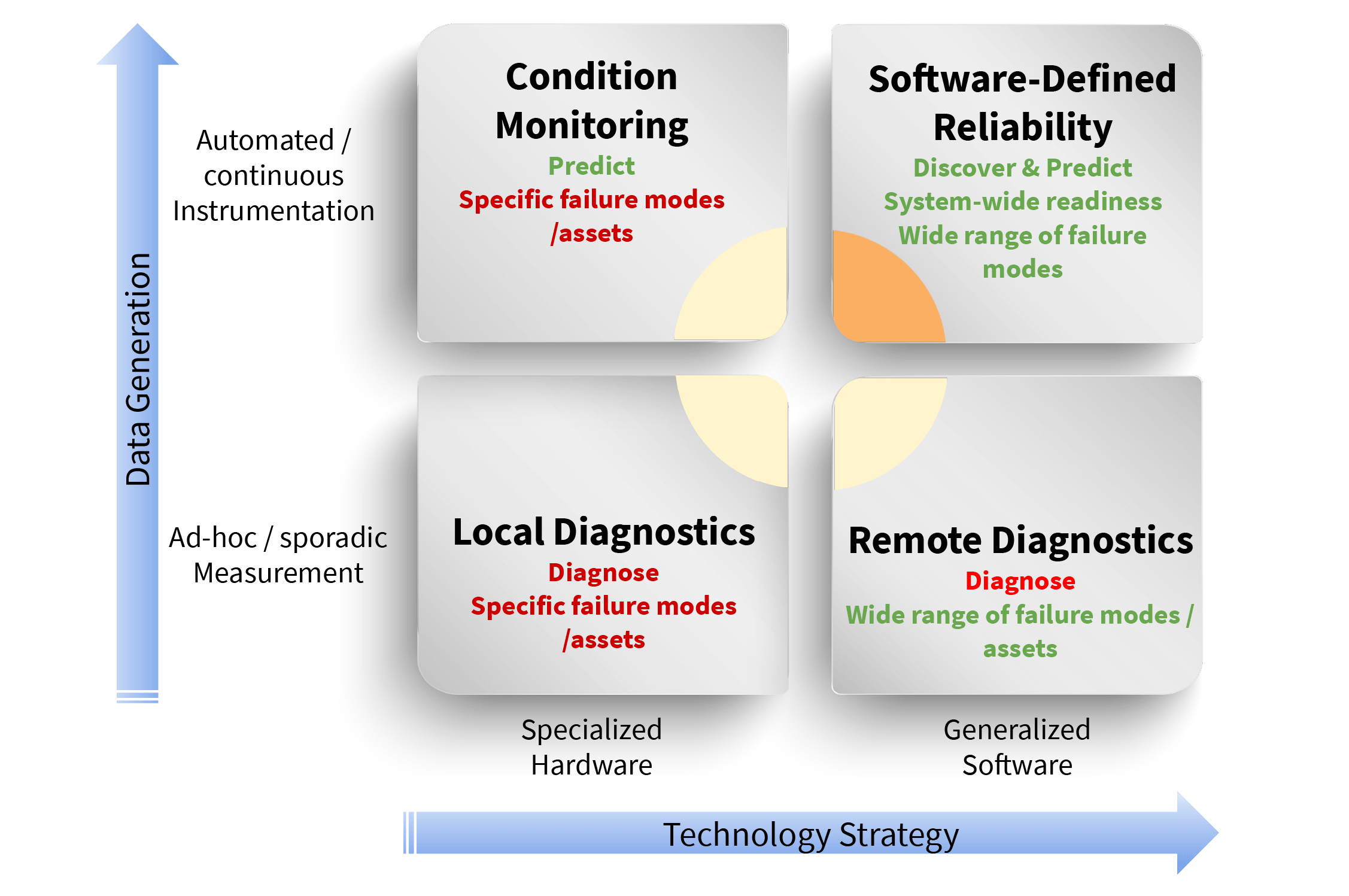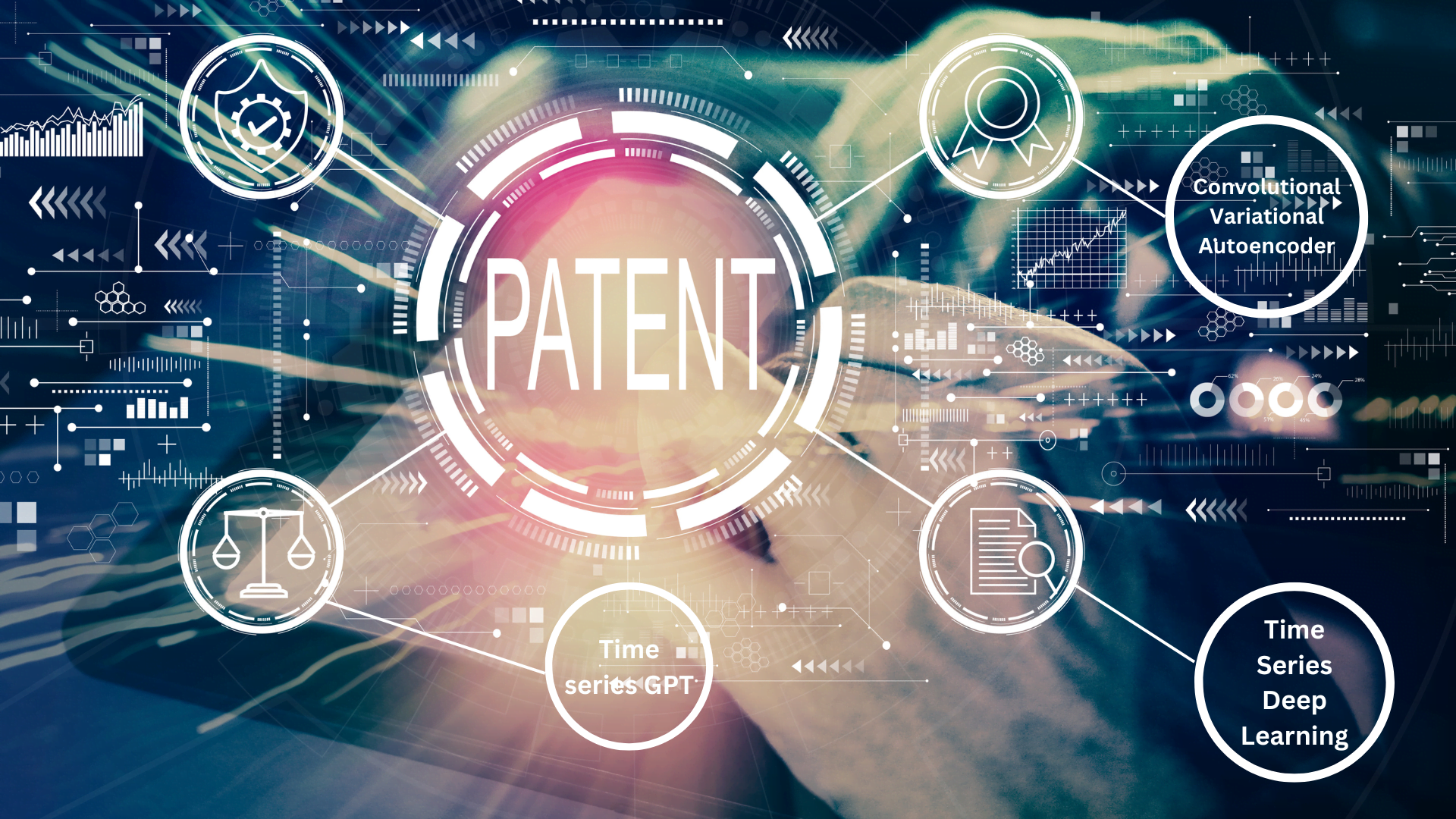Digital Twins- Surfacing Results, Enabling Action
Key takeaways:
- Algorithms and the tech stack present a small concern compared to fitting that tech into existing business processes so that it can be used effectively
- Digital twins consolidate a wide range of information and surface it to users in-context
- Falkonry adds time series AI to digital twins making them a powerful tool in an Intelligence-first reliability strategy
Shervin Khodabandeh, Senior Partner at BCG pointed out in his article “How to win with Artificial Intelligence” that technology is probably the smallest part of a successful deployment. The heaviest lift is integrating that technology into the larger business process flow.
“Getting the most out of AI requires a team effort. A good rule of thumb is to consider AI to be 10% about algorithms, 20% about technology, and 70% about business process transformation. … The idea is to bring together the technical side and the business side so that both can better understand what solutions are needed…”
One of our customers said much the same thing when he pointed out:
“You have to go where the users are instead of asking them to come to you.”
Meaning, useful intelligence has to be integrated into the end-user’s workflow so that it makes their job easier and the outcomes better. Technical capability is only part of what it takes to succeed. If users have to go out of their way to access that capability, adoption becomes difficult. Ease of integration with respect to new technology should exist not only in technical sense but also in process and people sense. No matter how promising the proof of concept, failure to adopt is failure.
With this in mind we have built our Time Series AI platform with RESTful APIs for data exchange and pluggable HTML cards (IFrames) for UI elements so that the insights we find can be put in front of the end user with minimum integration effort. A good example of this is the work we recently did with Beast Code on Predictive Digital Twins.
Digital twins hold great promise because they bring all of the information the end user needs into one place. Just as ERP systems maintain a single source of truth to ensure that business processes flow and different functional groups remain aligned, Digital Twins offer a similar single source of truth for assets. GE provides an example of how this might work in the context of an electrical power grid. Whether schematics, 3D drawings, operating history, service documentation, real time sensor data or insights gained from analysis of that data, the digital twin brings it all together. Regardless of how scattered the sources, digital twins provide a single interface to access information. By building the digital twin into users’ daily operational flow, many of the barriers to getting timely insights are removed.
However, it is not enough to just collect the data in hopes that someone will find a use for it. While more complex and (hopefully) more structured, the digital twin that only stores data is just another data lake. As we discussed in this blog post, a data-first approach like that ultimately leaves in place the barriers which prevent a project from moving from concept to practice. An intelligence-first approach is needed to engage key stakeholders and show results “in the now.” But what does that mean in the context of digital twins?
Working with Beast Code, we used Falkonry’s standard interfaces to add pattern detection capability to the Beast Core Digital Twin product. This creates a twin that produces actionable insights to predict and optimize asset performance. Falkonry’s pattern detection and classification technology identifies important events as they occur and surfaces them within the digital twin. The information needed to troubleshoot and resolve each problem are provided as part of the alert. By embedding this within the digital twin, it becomes easy for the user to move from the alert, visualize the affected systems, access the procedures and documentation they need and to resolve the problem.
The same applies to novel event discovery. The digital twin provides a seamless path to alert engineers when new types of events occur. With these alerts inside the digital twin, engineers can easily review the patterns and associated signal data using Falkonry’s capabilities and then pull 3D visualization and supporting documentation from the digital twin. Combining these functions into the same interface makes root cause diagnosis more efficient. That learning can then be pushed back into the digital twin so that, should the event recur, Falkonry’s AI will detect it and refer the user to the digital twin resources needed to resolve it.
Aggregation is good but is insufficient. Don’t make the costly mistake of building a digital twin just to hold data. Use the digital twin to contextualize actionable information and start showing value on real problems, in real time, from the start. Take your Intelligence-first practice to the next level with digital twins. Ask us how to get started.





